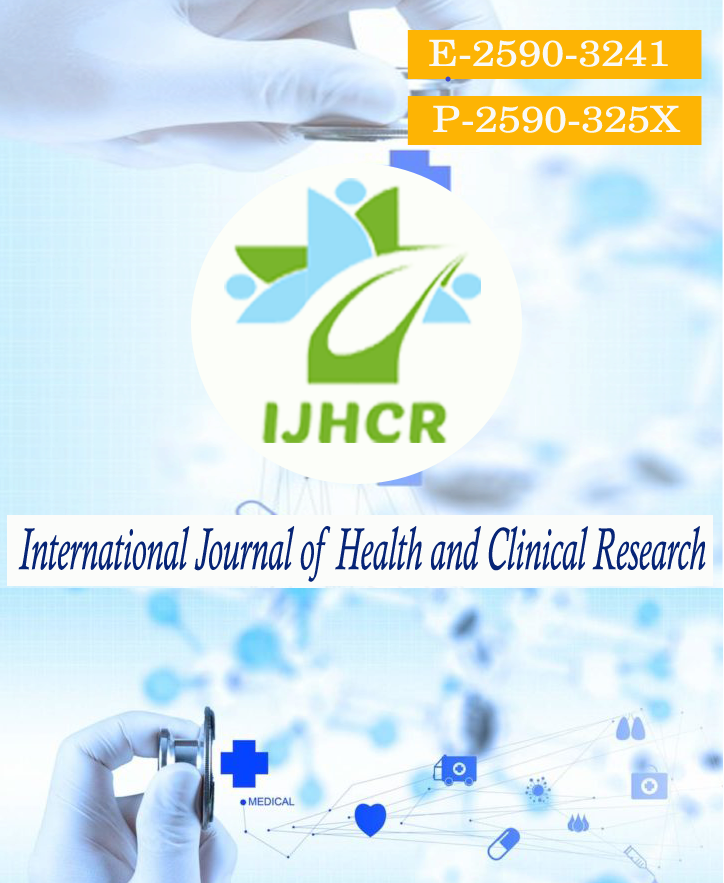Correlation of D-dimer and progressive haemorrhagic injury: An institutional based observation study from Hyderabad
Keywords:
D-dimer,correlationAbstract
Introduction: Progressive microvascular failure is one of the major complications occurring after head injury and is associated with increased morbidity and mortality as well as poorer neurological outcomes. Aims: Our aim of this study is to find out correlation of D-dimer at time of admission with progressive haemorrhagic injury. Materials and Methods: Prospective observational study of 208 patients above 18 years of age who sustained TBI from April 2015 to May 2019. Results: 17 out of 18 patients (94.4%) in PHI group and 18 out of 190 patients (9.5%) in non-PHI group had raised D-dimer levels and it was found to be statistically significant in occurrence of PHI. Conclusion: D-dimer is associated with increased risk of PHI, so such patients with raised value of D-dimer can be taken early for surgery for better outcome.
Downloads
Published
How to Cite
Issue
Section
License
Copyright (c) 2021 Momin Abdul Jaleel, Shukla Amit Shyamsunder, R Hari Kishore Reddy, G Ananth, Shailendra Anjankar, Shighakolli Ramesh

This work is licensed under a Creative Commons Attribution 4.0 International License.






 All articles published in International Journal of Health and Clinical Research are licensed under a
All articles published in International Journal of Health and Clinical Research are licensed under a 